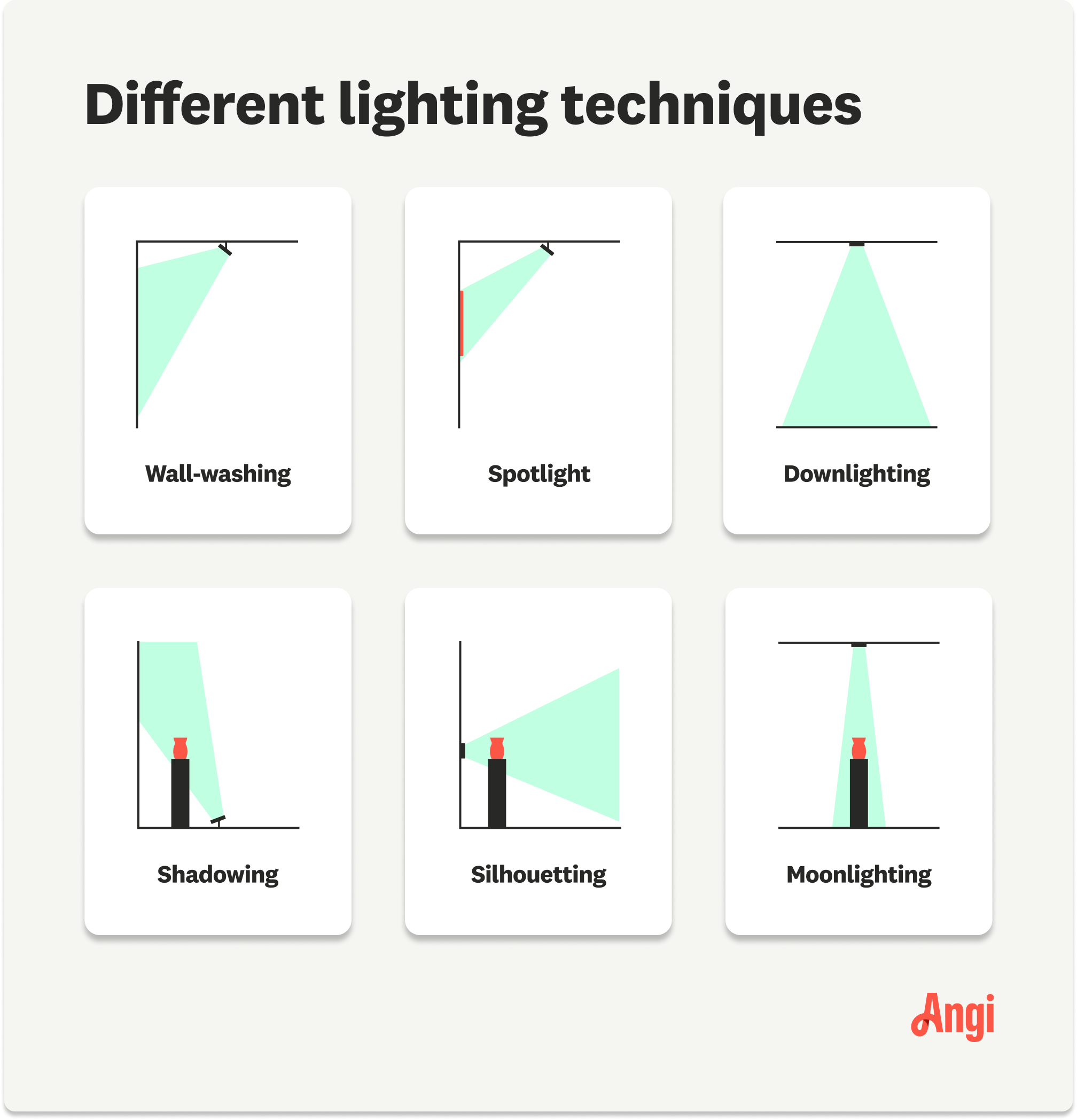
Looking to step up your golf game without leaving your property? This guide details backyard putting green costs to help you decide if this project is worth it.
With enough sunlight, your solar lights will shine bright all night


For a full charge, solar landscape lighting needs at least eight hours of sunlight per day.
After receiving eight hours of sunshine, solar lights can last through the night.
However, solar lights can run for part of the night with as little as four to six hours of sunlight.
Solar-powered lights work best when exposed to direct sunlight, but they can still charge on cloudy days.
Avoid placing solar lights under trees or next to buildings that could block the sun.
Powered by the sun’s energy, solar landscape lighting is an eco-friendly and cost-effective outdoor lighting option. But to run all night, these lights need a certain amount of sunlight each day. So, how much sunlight is required for solar landscape lighting? Let’s take a look.
To work all night, a solar landscaping light should receive at least eight hours of sunlight during the day. But even if your solar lights get just four to six hours of sunshine in a day, they could still work for part of the night.
While these are the most common requirements, they can vary by product. If you have questions about installing solar lighting on your property, reach out to a landscaper near you.
During the day, solar landscape lights use a solar panel to absorb sunlight, which is converted into electricity and stored in a battery. When it gets dark, the lights switch on and (ideally) run all night using the power they’ve generated during the day.
There are many types of solar lights, including:
Pathway lights
String lights
Fairy lights
Floodlights
Spotlights
Lanterns

Solar lighting is an eco-friendly alternative to traditional outdoor lighting, but it isn’t the right choice for everyone. Here are a few factors to consider before setting up solar-powered lights at your home.
Solar lights work best when they get eight hours (or more) of direct sunlight per day. While they can charge on rainy or cloudy days, they’re less efficient in these conditions. So, if you have a lot of overhanging trees or you live in an area that doesn’t get much sunshine, solar lighting might not be the best option.
Solar lights don’t need to be turned on and off or synced to a timer, which makes them easier and more convenient to use than other types of outdoor lighting. Plus, many types of solar lights are portable, so you can move them around to illuminate different parts of your yard.
In terms of cost, solar lights are more affordable to run than wired and battery-powered lights since you don’t have to buy or replace the power source. The fixtures themselves cost a bit more than battery-powered lights but less than hardwired lights.
Here’s a quick look at how much each type of landscape lighting costs:
| Power Source | Cost per Fixture |
|---|---|
| Battery-powered | $50–$150 |
| Solar-powered | $50–$200 |
| Wired | $150–$300 |
From average costs to expert advice, get all the answers you need to get your job done.

Looking to step up your golf game without leaving your property? This guide details backyard putting green costs to help you decide if this project is worth it.

Growing plants with a hydroponic gardening water system can be a big investment. To know how much it costs to build a hydroponic garden, consider the system, technology, size, and whether you hire a pro. This guide will help calculate costs.

How much do hedges cost? Discover average hedge installation prices, key cost factors, and tips to save money on your landscaping project.

If you need to get rid of a bush, here’s how to handle this project in a few simple steps. Follow our step-by-step instructions.

Climbing plants range from flowering morning glories to the colorful bougainvillea. Here are 13 top annual and perennial picks to climb up your pergola.

Are you wondering, “Who can I hire to aerate my lawn?” Learn how to find and hire a local lawn service to get the job done and make your yard look healthy.